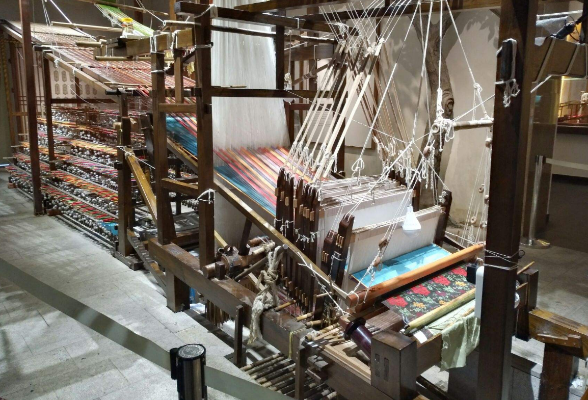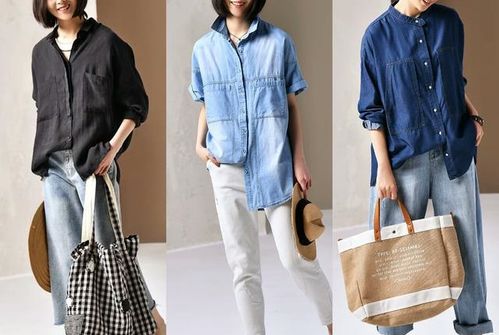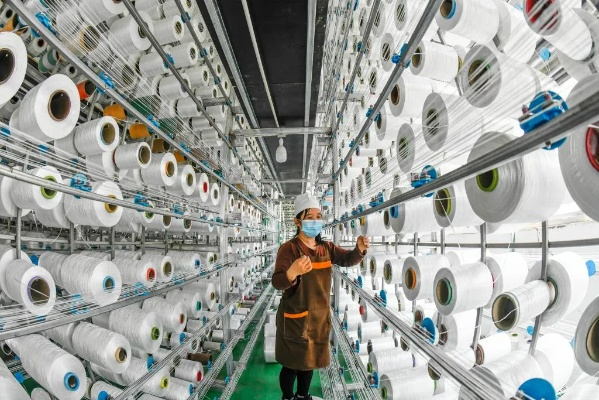The Tapestry of Medieval Textiles:An Exploration of Decorative Embellishments
"The Tapestry of Medieval Textiles: An Exploration of Decorative Embellishments",This article explores the decorative embellishments used in medieval textiles, focusing on the intricate patterns and designs that adorned these fabrics. The author examines the various techniques used to create these embellishments, including embroidery, applique, and metalwork, and discusses their significance in medieval culture and aesthetics. By analyzing the examples of textiles from different regions and periods, the author provides a comprehensive overview of the range and diversity of decorative embellishments used in medieval textiles. Overall, this article sheds light on the fascinating world of medieval textiles and their decorative embellishments, offering valuable insights into the cultural and artistic heritage of this era.
Introduction: The textiles of the medieval period were not merely functional items; they were also emblematic of the cultural, religious, and political landscapes of their time. These textiles, known for their intricate designs, vibrant colors, and symbolic meanings, reflect the artistic and intellectual advancements of that era. In this article, we will delve into the tapestry of medieval textiles, exploring their decorative embellishments, the influence of different cultures, and how they continue to inspire modern designers.
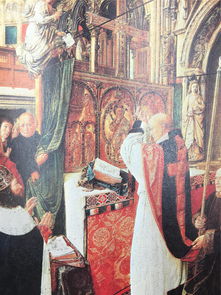
Decorative Embellishments: Medieval textiles were adorned with a variety of embellishments that added depth and character to the fabric. Some common embellishments include:
- Sequins: Small metallic or glass beads that were often used in elaborate patterns or as accent pieces on garments.
- Beads: Various types of beads, including seed beads, glass, and metal, were used to create intricate patterns or to add texture to the fabric.
- Embroidery: This technique involved stitching small motifs onto the fabric using thread, creating a pattern that was often rich in detail and color.
- Lace: Lacework was a popular decorative element, often used to enhance the beauty of clothing and accessories.
- Thread-painting: A technique where threads were painted onto the fabric using dyes, creating patterns that were both visually stunning and practical.
- Patterns: Patterns like floral, geometric, and heraldic designs were prevalent, reflecting the interests of the ruling classes and the desire for status symbols.
Influence of Different Cultures: The influence of different cultures on medieval textile design is evident in the variety of styles and motifs found across Europe. For example:
| Cultural Region | Embroidery Styles |
|---|---|
| Western Europe | Floral and geometric patterns |
| Central Europe | Heraldic designs |
| Eastern Europe | Animal and plant motifs |
| Islamic lands | Islamic patterns |
Modern Influences: While medieval textiles are no longer made today, their legacy continues to influence modern designers. Many contemporary textile artists draw inspiration from the rich history and techniques of the Middle Ages. Here's an example of how a modern designer might incorporate elements from medieval textile design:
Example Design: A modern designer might create a piece of clothing inspired by the intricate patterns of a medieval tapestry. They might use thread-painting techniques to create a background that mimics the look of a medieval tapestry, then add a bold floral pattern in a complementary color to the main body of the garment. The designer could also incorporate small sequins or beads to add a touch of elegance and sophistication. By doing this, they would be paying homage to the craftsmanship and creativity of the Middle Ages while also updating the style for the modern world.
Conclusion: The tapestry of medieval textiles is a treasure trove of artistic and cultural inspiration. From the intricate designs to the symbolism behind them, these textiles offer a glimpse into a bygone era that continues to captivate our imaginations. As we explore the modern world, it is important to remember the rich heritage that lies within each piece of textile art, reminding us of the beauty and complexity that can be found in even the most humble materials.
在漫长的人类历史长河中,中世纪时期是一个丰富多彩的时期,纺织工艺在这一时期得到了极大的发展,纺织品纹样作为这一时期的重要特征之一,不仅反映了当时人们的审美观念和生活方式,也见证了纺织工艺技术的进步,本文将通过英文案例说明和表格补充说明的方式,深入探讨中世纪时期的纺织品纹样。
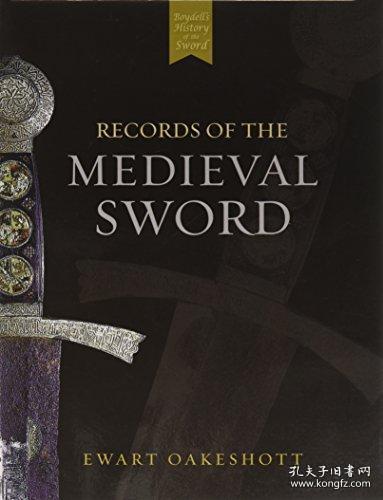
中世纪时期的纺织品纹样概述
中世纪时期的纺织品纹样主要表现在织物图案的设计和制作上,这些图案通常具有浓郁的地域特色和民族风格,反映了当时人们的审美观念和生活方式,在纹样设计中,人们运用各种手法和技巧,如刺绣、印花、编织等,将各种图案元素巧妙地融合在一起,形成了丰富多彩的纺织品纹样。
英文案例说明
欧洲中世纪早期的织物纹样
在欧洲中世纪早期,人们主要使用棉、麻等天然纤维制作纺织品,在纹样设计中,人们运用各种手法和技巧,如织花、刺绣等,将各种花卉、动物、人物等图案元素融入纺织品中,这些纹样图案具有浓郁的地域特色和民族风格,反映了当时人们的审美观念和生活方式,在某地区的中世纪早期纺织品中,可以看到各种花卉图案的运用,这些花卉图案栩栩如生,给人以美的享受。
欧洲中世纪晚期的织物纹样创新
随着时代的发展和工艺技术的进步,欧洲中世纪晚期出现了许多创新性的纺织品纹样,人们开始使用新型纤维材料制作纺织品,如丝绸、锦缎等,在纹样设计中,人们运用更加先进的技术手段,如电脑印花、立体刺绣等,使纺织品纹样更加精美、细腻,人们还开始运用各种图案元素进行创新性的组合,形成了更加丰富多彩的纺织品纹样,在某地区的中世纪晚期纺织品中,可以看到一些具有民族特色的图案组合,这些图案组合体现了当地人民的创造力和想象力。
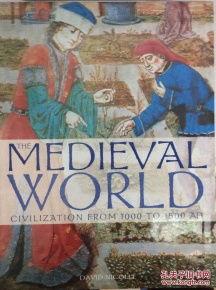
表格补充说明
以下是关于中世纪时期纺织品纹样的表格补充说明:
中世纪时期纺织品纹样分类
| 时期 | 主要纹样类型 | 示例图案 | 特点描述 |
|---|---|---|---|
| 早期 | 天然纤维织物 | 花卉、动物、人物图案 | 反映了当时人们的审美观念和生活方式 |
| 中晚期 | 新材料织物 | 电脑印花、立体刺绣等 | 体现了工艺技术的进步和创新 |
中世纪时期的纺织品纹样是中世纪时期纺织工艺的重要特征之一,在漫长的历史长河中,纺织工艺得到了极大的发展,通过英文案例说明和表格补充说明的方式,我们可以更好地了解中世纪时期的纺织品纹样,我们也应该继续关注纺织工艺的发展和创新,为人类文明的发展做出更大的贡献。
Articles related to the knowledge points of this article:
Embracing Innovation in Dongchengs Handmade Fashion
